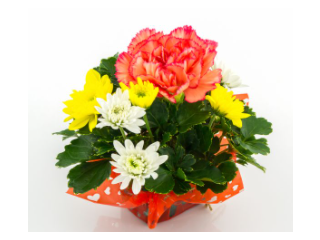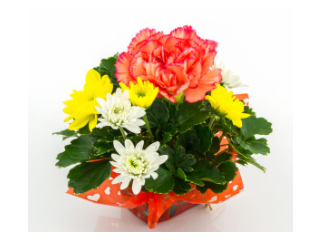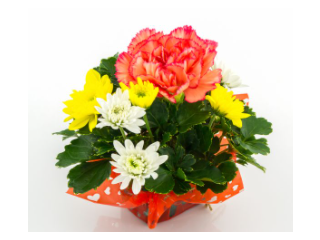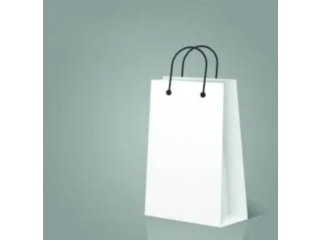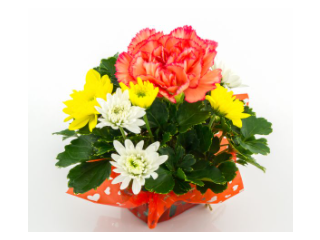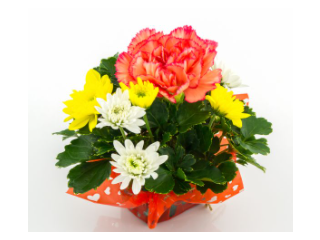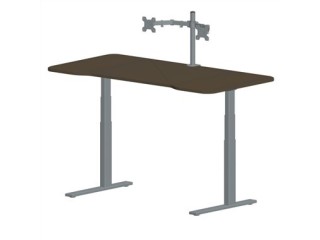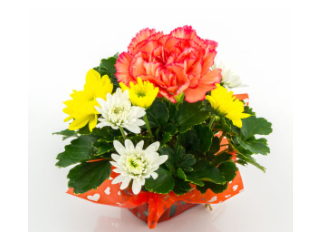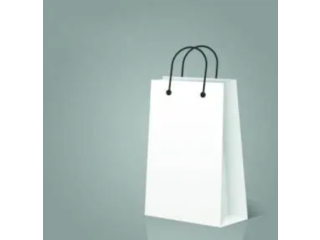Benefits of Industrial Plugs and Sockets Aziendale
2 years ago Industriale Bari 324 Visto Reference: 127Location: Bari
Prezzo: Contattaci
Industrial and multiphase plugs and sockets provide a connection to the electrical mains rated at higher voltages and currents than household plugs and sockets. They are generally used in polyphase systems, with high currents, or when protection from environmental hazards is required. Industrial outlets may have weatherproof covers, waterproofing sleeves, or may be interlocked with a switch to prevent accidental disconnection of an energized plug. Some types of connectors are approved for hazardous areas such as coal mines or petrochemical plants, where flammable gas may be present. While some forms of power plugs and sockets are set by international standards, countries may have their own different standards and regulations. For example, the colour-coding of wires may not be the same as for small mains plugs.
It is the electricity that is powering the world in which we are living today. A good number of resources of this planet are put to use just to generate electricity. Thus, it should be our constant endeavour not misuse it and utilize it efficiently.
To ensure this we must use highly efficient and reliable electrical devices and equipment. Similarly, good quality plugs and sockets that helps in the power transmission must also be used.
The Industrial Plugs and sockets connect various electrical appliances used in an industry. The socket, wire, and plug complete a connection and it is through them we can harness the benefits of electricity. Therefore, there is a need to take an extra care of the plugs and sockets that we put to use.
Construction and Color Coding
Generally, the plug is the movable Industrial Connector attached to an electrically operated device’s mains cable, and the socket is fixed on equipment or a building structure and connected to an energized electrical circuit. The plug has protruding pins or, in US terminology, blades (referred to as male) that fit into matching slots or holes (called female) in the sockets. A plug is defined in IEC 60050 as an accessory having pins designed to engage with the contacts of a socket-outlet, also incorporating means for the electrical connection and mechanical retention of flexible cables or cords, a plug does not contain components that modify the electrical output from the electrical input (except where a switch or fuse is provided as a means of disconnecting the output from input). In this article, the term “plug” is used in the sense defined by IEC 60050. Sockets are designed to prevent exposure of bare energized contacts.
To reduce the risk of users accidentally touching energized conductors and thereby experiencing electric shock, plug and socket systems often incorporate safety features in addition to the recessed slots or holes of the energized socket. These may include plugs with insulated sleeves, recessed sockets, sockets with blocking shutters, and sockets designed to accept only compatible plugs inserted in the correct orientation.
Voltage rating and other characteristics are represented by a color code (in three-phase plugs the stated voltage is the phase-phase voltage, not the phase-neutral voltage). Plugs have the earth pin of a larger diameter than the others, and are located in different places depending on the voltage rating, making it impossible to mate, for instance, a blue plug with a yellow socket. Since the different current ratings have different overall sizes, it is also not possible to mate different pin configurations or current ratings. For example, a 16 A 3P+E 400 V plug will not mate with a 16 A 3P+N+E 400 V socket and a 16 A P+N+E 230 V plug will not mate with a 32 A P+N+E 230 V socket.


